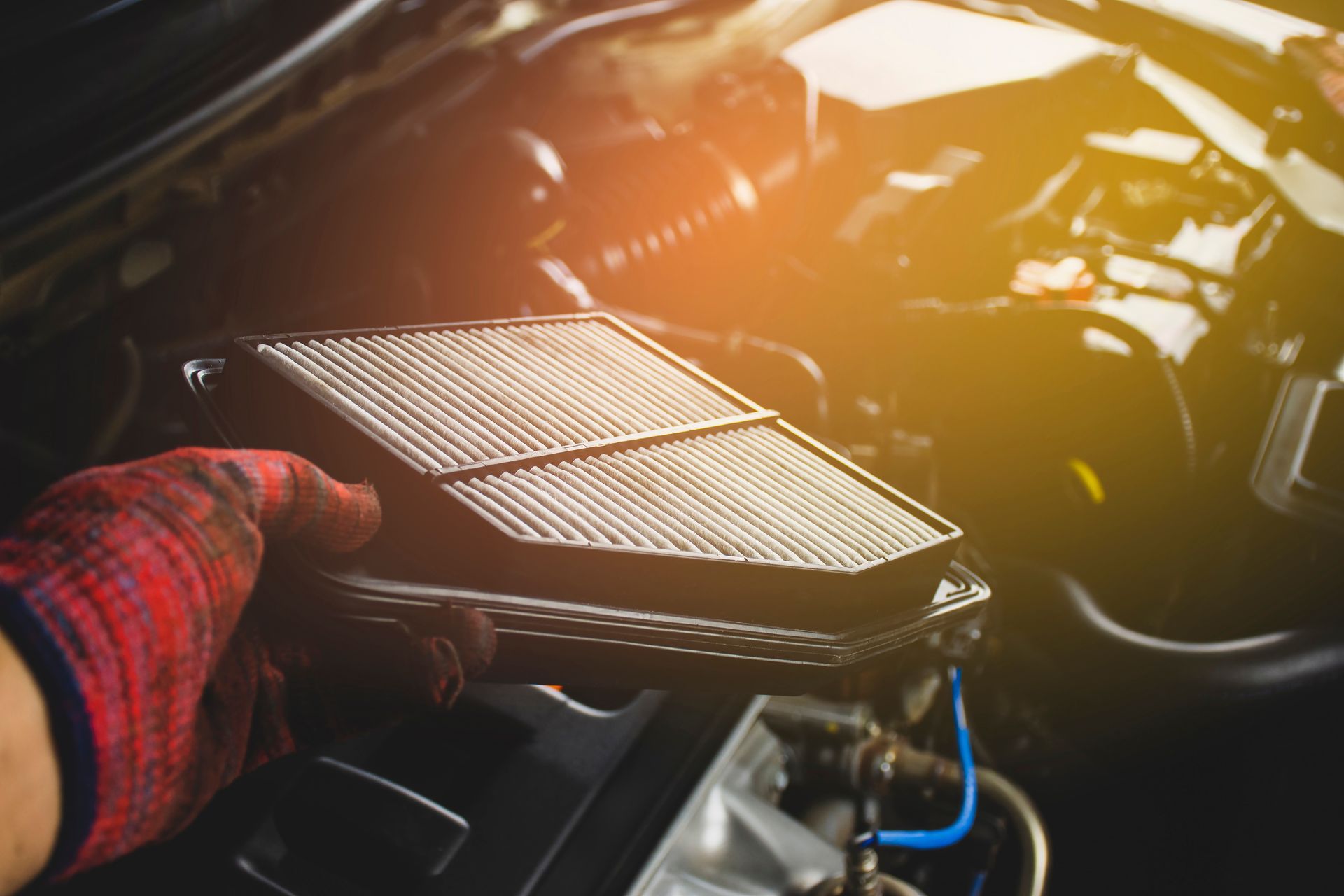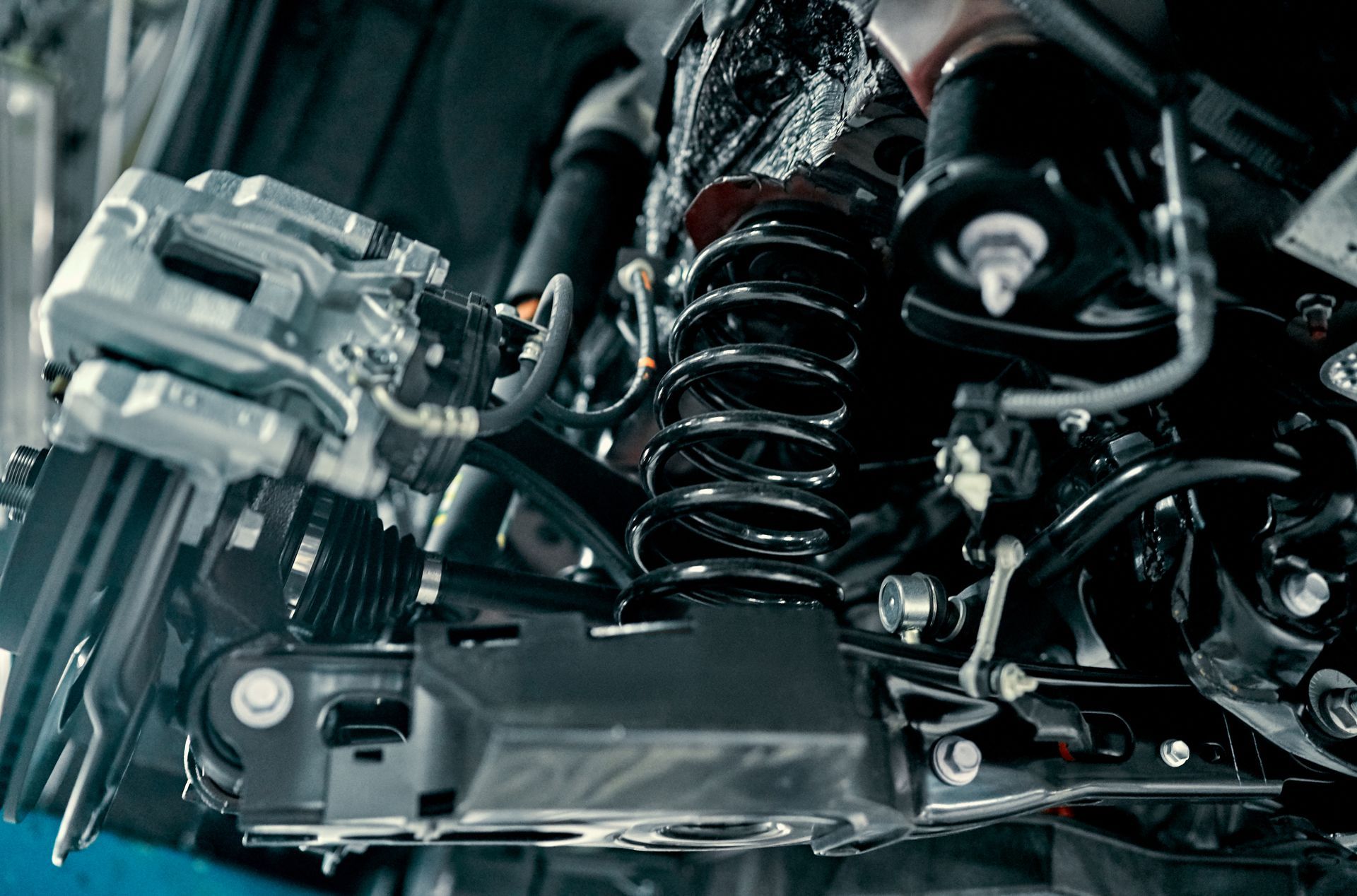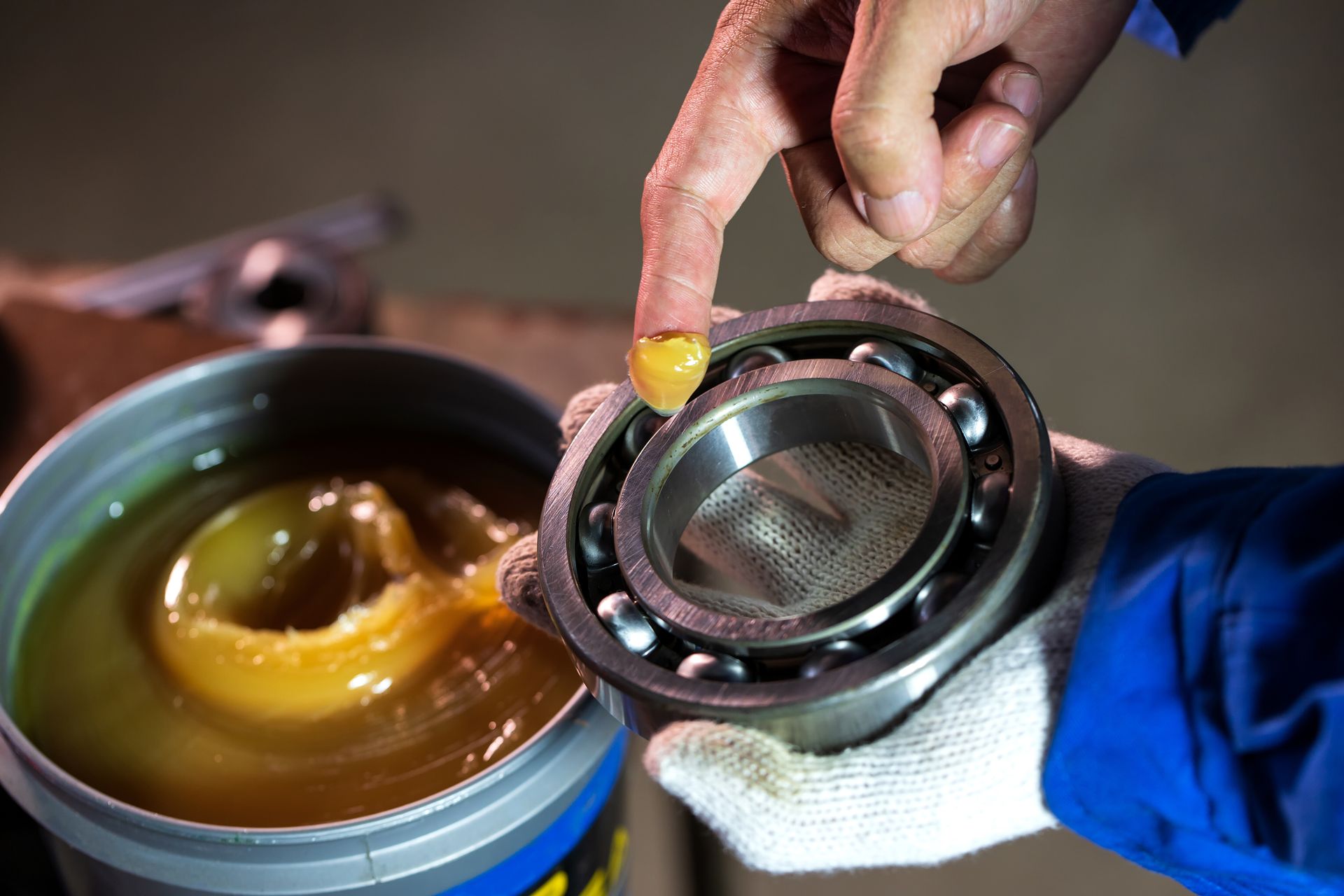April 2, 2025
We all love that fresh, clean feeling when we step into our cars, especially after a long day navigating the bustling streets of Pasadena. But have you ever stopped to think about the air you're actually breathing inside your vehicle? Often overlooked, the cabin air filter plays a crucial role in the quality of your in-car environment. At Crown City Tire Auto Care in Pasadena, we believe in empowering our customers with the knowledge to keep their vehicles running smoothly and their occupants healthy. So, let's dive into the often-neglected world of the cabin air filter and uncover the dirty truth about when it's time for a replacement. For many drivers in Pasadena and beyond, the engine air filter gets all the attention. It makes sense – it's directly linked to engine performance and fuel efficiency. However, the cabin air filter, while not impacting how your car runs, significantly affects the air you and your passengers breathe. Think of it as the air purifier for your vehicle's interior. It's designed to trap dust, pollen, mold spores, pet dander, and even airborne pollutants that can enter your car's ventilation system from the outside. Why Should Pasadena Drivers Care About Their Cabin Air Filter? Living in a vibrant city like Pasadena, CA, exposes our vehicles to a variety of environmental factors. From the seasonal blooms releasing pollen into the air to the everyday dust and smog of urban driving, our car interiors can become surprisingly contaminated. A clogged or dirty cabin air filter can lead to a host of issues, some you might not even realize are connected: Reduced Airflow: A blocked filter restricts the amount of air that can pass through your car's heating and cooling system. This can lead to weak airflow from your vents, making it harder to heat or cool your cabin effectively, especially during those hot Pasadena summers or cooler winter evenings. We've seen many customers at Crown City Tire Auto Care surprised at the improvement in their AC performance after a simple cabin air filter replacement. Unpleasant Odors: Over time, trapped particles and moisture in the filter can become breeding grounds for bacteria and mold, leading to musty or unpleasant odors circulating in your car. If you've noticed a persistent stale smell, even after cleaning your interior, your cabin air filter could be the culprit. Allergic Reactions and Respiratory Issues: For allergy sufferers or individuals with respiratory sensitivities living in Pasadena, a clean cabin air filter is paramount. A dirty filter recirculates allergens and irritants, potentially exacerbating symptoms like sneezing, coughing, and itchy eyes. Replacing your filter regularly can significantly improve the air quality and comfort for everyone in the vehicle. Strain on Your HVAC System: When the cabin air filter is clogged, your car's blower motor has to work harder to push air through. This increased strain can potentially shorten the lifespan of components in your heating, ventilation, and air conditioning (HVAC) system, leading to more costly repairs down the line. At Crown City Tire Auto Care in Pasadena, we always recommend preventative maintenance to avoid such issues. So, When Exactly Should Pasadena Drivers Replace Their Cabin Air Filter? While there's no one-size-fits-all answer, several factors can help you determine when it's time for a new cabin air filter in your vehicle: Manufacturer Recommendations: Your vehicle's owner's manual will typically provide a recommended replacement interval for the cabin air filter. This is a good starting point, often suggesting replacement every 12,000 to 15,000 miles or once a year. We at Crown City Tire Auto Care generally advise following these guidelines as a minimum. Visual Inspection: One of the easiest ways to check your cabin air filter is to visually inspect it. The location of the filter varies depending on your vehicle's make and model, but it's often located behind the glove compartment or under the dashboard. Consult your owner's manual for the exact location. Once you've accessed it, take a look. A clean filter will be relatively white or light gray. If it's visibly dirty, clogged with debris, or dark in color, it's definitely time for a replacement. We often show our customers in Pasadena their old filter versus a new one – the difference can be quite striking! Reduced Airflow: As mentioned earlier, a noticeable decrease in the airflow from your vents is a strong indicator of a clogged cabin air filter. If you find yourself turning the fan up higher than usual to achieve the same level of cooling or heating, have your filter checked. Unpleasant Odors: If you consistently notice musty or other unpleasant smells when your ventilation system is running, your cabin air filter is likely trapping odor-causing particles and needs to be replaced. Allergy Season and Driving Conditions in Pasadena: If you frequently drive in dusty conditions, heavy traffic with exhaust fumes, or during peak allergy seasons in Pasadena, your cabin air filter will likely need more frequent replacement. These conditions expose your filter to a higher volume of contaminants. Time Since Last Replacement: Even if you haven't driven many miles, the filter material can degrade over time and lose its effectiveness. If it's been over a year since your last cabin air filter replacement, it's a good idea to have it checked, especially considering the air quality in and around Pasadena. What Happens During a Cabin Air Filter Replacement at Crown City Tire Auto Care? When you bring your vehicle to Crown City Tire Auto Care in Pasadena for a cabin air filter replacement, our experienced technicians will: Locate the Cabin Air Filter: We'll identify the precise location of your vehicle's cabin air filter based on its make and model. Remove the Old Filter: We'll carefully remove the old, dirty filter. You'll likely be surprised at the amount of debris it has collected! Inspect the Housing: We'll check the filter housing for any signs of damage or excessive buildup. Install a New, High-Quality Filter: We use high-quality cabin air filters that meet or exceed manufacturer specifications, ensuring optimal filtration and airflow. Verify Proper Airflow: After installing the new filter, we'll test your vehicle's ventilation system to ensure proper airflow and functionality. Investing in Your In-Car Air Quality with Crown City Tire Auto Care Replacing your cabin air filter is a relatively inexpensive yet highly impactful maintenance task. It's a simple way to improve the air quality inside your vehicle, enhance the performance of your HVAC system, and contribute to a more comfortable and healthier driving experience, especially here in Pasadena. At Crown City Tire Auto Care in Pasadena, we're committed to providing comprehensive auto care services, and that includes ensuring the air you breathe in your car is clean and fresh. Don't wait until you notice strong odors or drastically reduced airflow. Make it a habit to have your cabin air filter checked regularly as part of your routine maintenance. We understand that life in Pasadena can be busy, and it's easy to overlook these smaller maintenance items. That's why we're here to help. Our friendly team at Crown City Tire Auto Care is always ready to answer your questions and provide expert advice on all your automotive needs. We believe that informed drivers make better decisions about their vehicle care, and we're here to be your trusted partner on the road. So, the next time you're thinking about your car's maintenance, remember the "dirty truth" about your cabin air filter. It's a small investment that can make a big difference in your driving comfort and well-being. Let the professionals at Crown City Tire Auto Care in Pasadena help you breathe easier on every journey.









